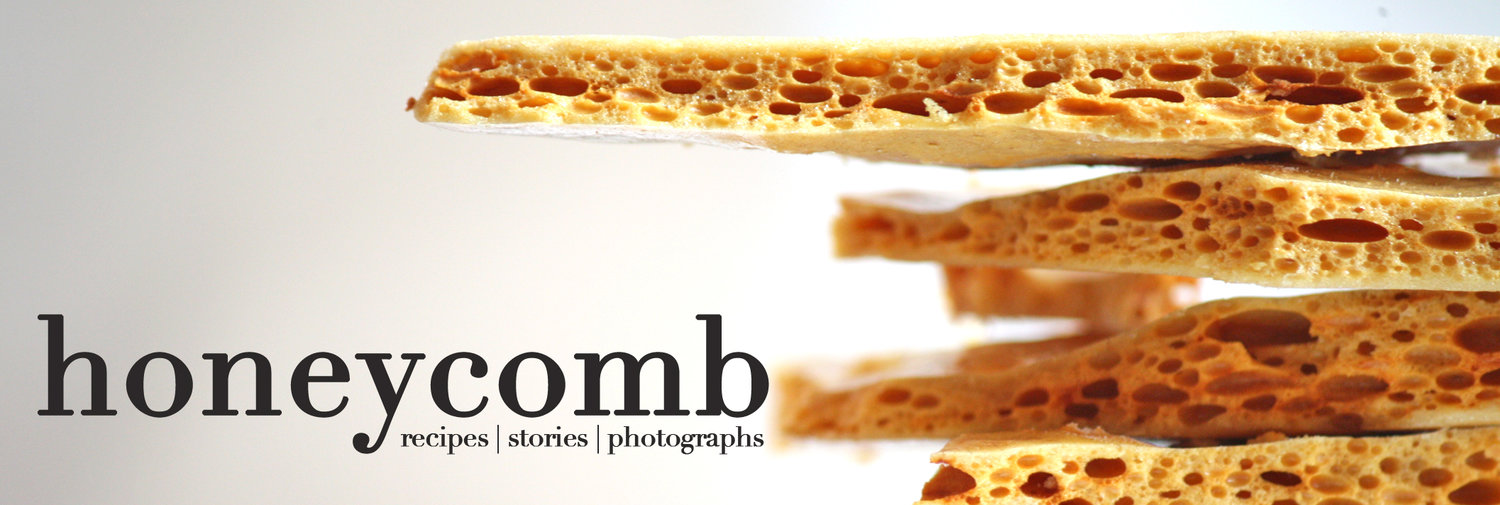Wicked Feta

Among those who live in the D.C/Metro area, the lucky ones are aware of the wonder that is Cava Grill. Haven’t heard of it? Let me enlighten you. Think of the concept of chipotle, replace the Mexican theme with Greek food, pile all of these delicious Greek dips and spreads, meats, and vegetable toppings into a bowl of saffron basmati rice instead of a tortilla and that’s the short version of the story. But it’s the small, amazing details that have made Cava my go-to lunch spot every single Saturday (and probably much more often that that if I were a person of lesser self-control). To start, they are very transparent about the ingredients that they use, something that let me see that they barely use any soy protein/oil in their food, a pretty big deal for me since I have a soy allergy. The food is also incredibly fresh. A sign by the entrance lists the local farms where the meat came from, the vegetables are bight and vibrant, and nothing ever tastes artificial or overly-seasoned. It’s the only “fast-food” spot that I leave feeling really good about what I just ate.
One of the defining features of Cava are their dips and spreads that they dollop onto their “bowls” and also sell in nearby grocery stores. They include things like hummus, harissa, tzatziki, and baba ghannoush but they’re most famous dip is a little something they call Crazy Feta. It’s a concoction of feta, jalapeno, onion, and olive oil all mashed up into a spicy, salty, and chunky dip. I did buy it at the grocery store once, forking over a little more that I really wanted to for a teeny little tub of the dip. It was delicious, as always, but I was thinking there had to be a way to make this on my own, hopefully saving a couple bucks in the process. So with a little research and a couple tweaks, I have created Wicked Feta, my silkier and smoother version of the crazy variety.


The one thing that I am not crazy about with the real Crazy Feta are the chunks of raw onion in the mix. That’s why I like roasted garlic instead for that pungent savoriness without the harsh tanginess of the onion. I also decided to whip the feta rather than mashing it to maximize its ability for easy spreading and dipping and just for the simple pleasure of the creamy texture that comes with it. The garlic is sweet and subtle, the cream cheese rounds out some of the tang of the feta, lemon juice brightens the whole thing up, and there is just enough roasted jalapeno to leave a lingering backdrop of heat in the mouth.


I like to think of this more as a condiment rather than just a veggie dip too, though it would of course be great alongside some hummus with a selection of fresh vegetables and pita chips. But there are so many other things to do with it. Imagine spreading a thick layer overtop a juicy lamb burger, or dolloping spoonfuls over some roasted cauliflower. You could make a tartine with some thick crusty spread, a layer of the spread, and wedges of marinated tomatoes or mix it with some cooked Italian sausage and onions, stuff the mixture into some cremini mushrooms and broil until bubbling. Sorry Cava, but I think that your craziest of feta cheeses just got a whole lot more wicked.

Wicked Feta
Adapted from this recipe
Ingredients
8 oz. feta cheese
3 oz. cream cheese
1 bulb of garlic
2 jalapeno peppers
Juice and zest of half a lemon
2 Tbs. olive oil
black pepper, to taste
Preheat the oven to 400 degrees. Cut the top off of the bulb of garlic and rub the top with olive oil. Wrap up in aluminum foil or parchment paper and place on a baking tray. Place in the oven to roast for 30 minutes. When you have 10 more minutes remaining, coat the jalapeno peppers in olive oil and place the on the baking sheet alongside the garlic. Turn them every few minutes so they char evenly. Remove and let cool for a few minutes.
While the garlic roasts, add the feta to a food processor and pulse a few times to break it up. Add the cream cheese and let the food processor run for a couple minutes until creamy and smooth. Scrape down the sides of the bowl occasionally so everything mixes evenly. Once smooth, add the olive oil and lemon juice/zest and let the machine run for another 15 seconds. Pop out four of the garlic cloves from the garlic bulb and add them to the feta mixture and mix until well incorporated. Save the rest of the garlic for another time. Cut the jalapenos in half lengthwise and remove the seeds and membrane. Depending on how hot you like things, add the jalapenos accordingly. I used about 1½ jalapenos for my dip and it has a mild-medium heat. Chop them coarsely and add to the food processor along with fresh cracked black pepper to taste. Pulse a few times until well mixed.
Transfer to a bowl and let chill for at least an hour before serving to firm up. If serving as a crudité dip, add a little drizzle of olive oil and pepper overtop.








